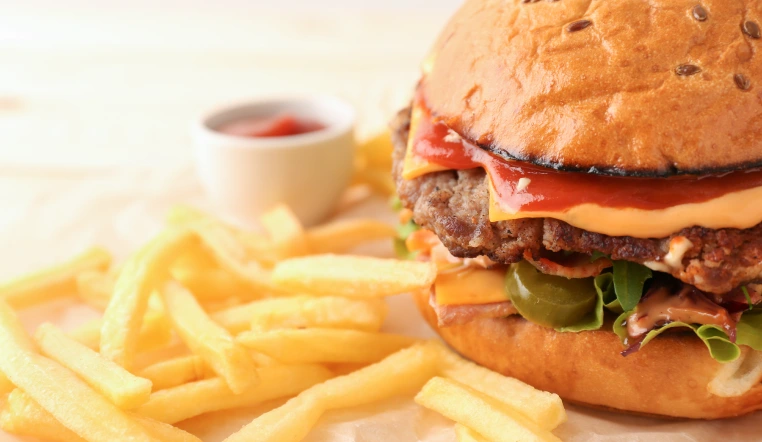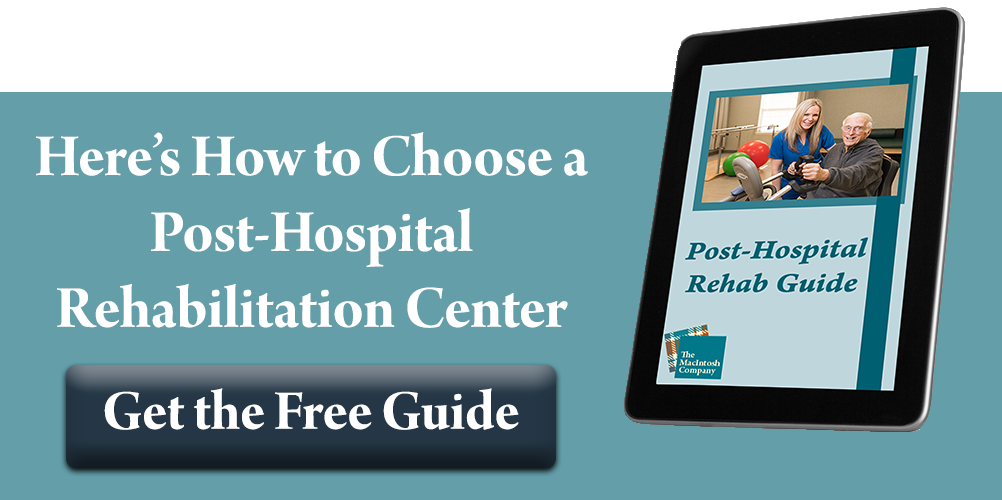Are you or a loved one on a very restrictive cardiac diet? A primary care provider may want you to follow a cardiac diet to help better manage coronary artery disease or a similar condition. For many adults, a cardiac diet can feel like an abrupt change in lifestyle and may be difficult to follow, especially after a lifetime of eating unhealthy foods. While a cardiac diet can be challenging, making healthier food choices can improve your health and overall well-being. This blog provides a few tips to help keep you on track.
Top Cardiac Diet Tips
Modify Favorite Foods
Try modifying some of your favorite foods to make them healthy. It might take some trial and error, but it is one way to help you or a loved one feel satisfied and look forward to meals. Substituting healthy ingredients for unhealthy ones can make all the difference in your daily diet. Modifications may be as simple as substituting applesauce for oil in baked goods or using herbs instead of salt.
Manage Portions and Calories
In many cases, it isn’t so much what we eat but how much of it that gets us into trouble. Read the label on packaged foods to determine what constitutes a portion. Cutting Calories from the Centers for Disease Control & Prevention (CDC) is a good resource to help you learn more about portion control.
Search for Heart-Check Foods
According to the American Heart Association, “The Heart-Check mark makes it easy to spot heart-healthy foods in the grocery store or when dining out.” This tool and corresponding online resource includes helpful hints on eating healthy, preparing heart-healthy meals, and more.
_____________________________________
Related: Guide to a Heart-Healthy Lifestyle
_____________________________________
Limit Unhealthy Fats
Try to limit the amount of saturated and trans fats you eat each day. Avoiding trans fats and limiting saturated fats to less than six percent of your total daily calories is recommended. Read labels to monitor the unhealthy fats and cut back on unhealthy fats by using low-fat substitutions, trimming the fat from meat, and using less butter when cooking.
Instead of worrying about cheating on your cardiac diet, consider this change a healthy new approach to eating and leading an active lifestyle. Depending upon the severity of your condition, you may be able to indulge in a favorite food on occasion. However, it’s important to check with your physician for specific guidance and foods to avoid.
This blog was originally published in 2021 and updated in 2025.



